In a shocking revelation, it has been found that 50 per cent of the children who are admitted to hospital with asthma in London are from Black, Asian, and Minority Ethnic (BAME) backgrounds, as against 27.5 per cent white children and young people.
In October last year, an analysis commissioned by City Hall showed that communities that face higher levels of deprivation or have higher proportion of people from a non-white ethnic background are more likely to be exposed to higher levels of air pollution.
It pointed out stark inequalities and indicated that more work needs to be done to reduce not only the levels of pollution but also the health inequalities that are caused by unequal exposure to air pollution.
Also, an analysis of London's asthma data published by the mayor revealed that in June this year, the most recent month for which data are available, 229 children and young people in London were hospitalised with asthma.
On the finding that more BAME children are getting admitted to hospital with asthma compared to white, the most recent study shows that it fits the overall trend seen in air-pollution exposure in London where annual concentrations of nitrogen dioxide are on average between 16 and 27 per cent more in areas where BAME Londoners are most likely to reside.
Another City Hall-commissioned work estimated that worsening of asthma by air pollution led to around 700 asthma admissions from 2017 – 2019 in children below 15 years in London.
It has also shown that the poorest Londoners and those from ethnic minority backgrounds are worst affected by toxic air, but also least likely to own a car.
Understanding of the insidious link between air pollution and asthma continues to improve, including through the work of campaigners like Rosamund Adoo-Kissi-Debrah.
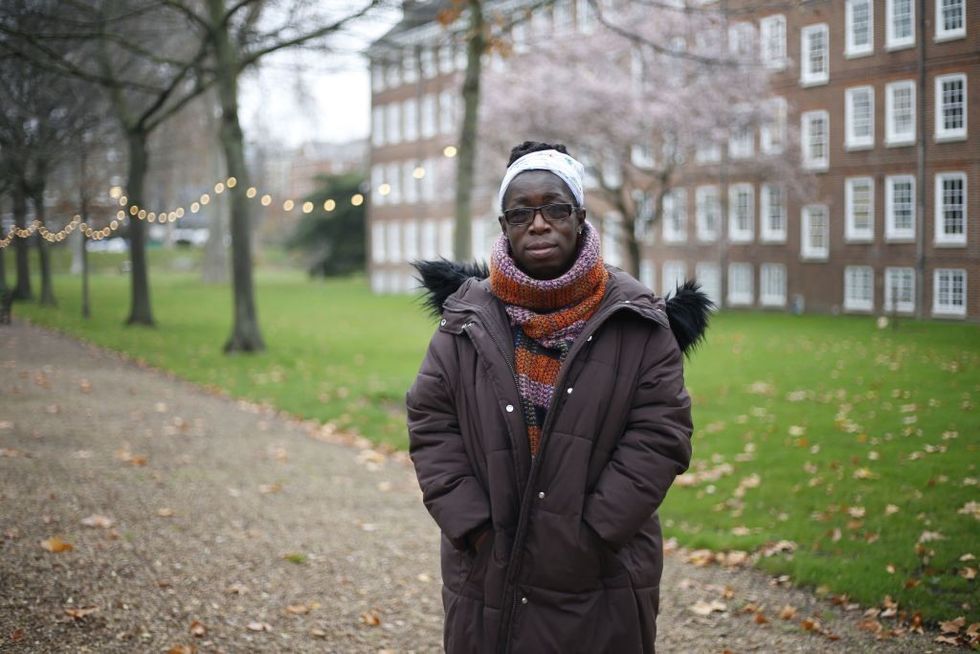
Rosamund’s nine-year old daughter, Ella, was the first person in the UK to have air pollution as a cause of death on her death certificate. In weeks leading up to her death, Ella had several severe asthma attacks requiring hospitalisation, which were subsequently linked to peaks in pollution on the South Circular Road.
All schools and colleges in outer London are in areas that still exceed revised recommended air quality targets set by the World Health Organization.
Since 2016, London mayor Sadiq Khan has made it a key priority to improve air quality and minimise the negative effects on Londoners, through schemes like School Streets; through the installation of Breathe London sensors; and through the implementation of his world-leading Ultra Low Emission Zone (ULEZ).
With the continued implementation of the mayor’s air quality policies and wider improvement in air pollution, it is hoped that the average life expectancy of a child born in London in 2013 will increase by around six months. This is also the reason why the mayor consulted to expand the ULEZ across London, significantly improving air quality for a further five million Londoners, including children.
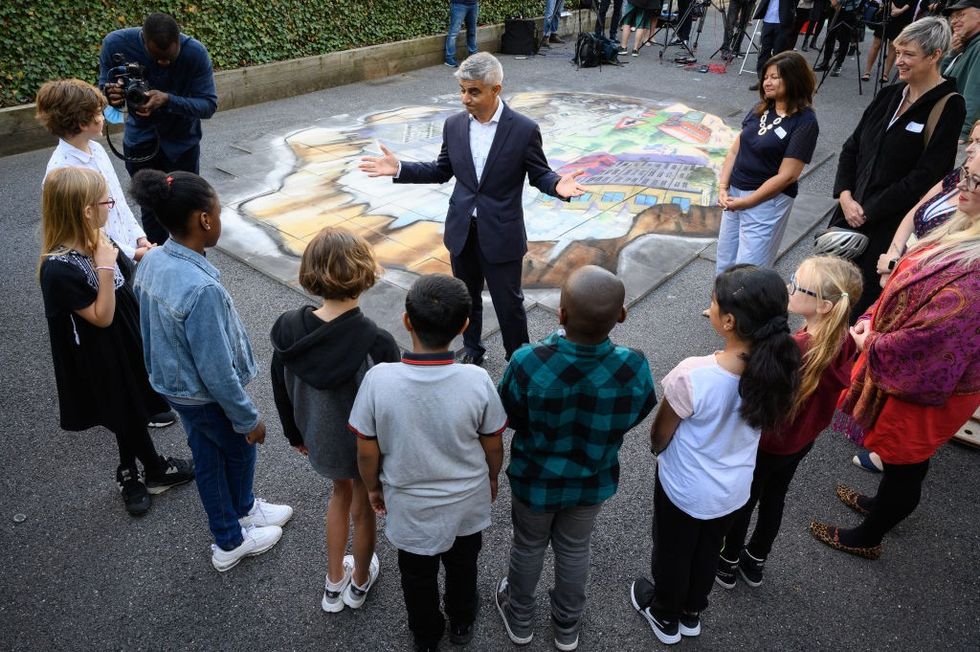
“It’s unacceptable that any children are suffering health problems due to London’s toxic air, but that some children are being vastly worse affected than others is even more of an injustice," Khan said.
"I am determined to clean up London’s filthy air, to protect the health of every child in London but also to ensure the future of their city in tackling the effects of climate change. This is why I consulted on expanding the Ultra Low Emission Zone. This would mean five million more people breathing cleaner air, and would help to build a better, greener, fairer London for everyone."
Sarah Woolnough, CEO of Asthma + Lung UK, said, “No child should be hospitalised because the air they breathe has left them fighting for breath. This analysis is yet further evidence of the desperate need for local, and national governments to take decisive action on cleaning up our toxic air. It should not be a privilege to breathe cleaner air. But the sad reality is that toxic air is a common trigger for potentially life-threatening asthma attacks with more than half of people that we recently surveyed telling us that air pollution makes their symptoms worse.
“We know that air pollution hits the poorest communities’ lungs the hardest, as they are more likely to live on some of our most polluted roads. The plans to expand the ULEZ across Greater London will help protect the lives and lungs of children who live, learn and play in the city, and will deliver cleaner air to the almost 350,000 people who are living with a lung condition outside the area currently benefiting from the ULEZ.
"Alongside the ULEZ, we need to see improvements to walking, cycling and public transport infrastructure in outer London boroughs so people have the confidence to stop using their cars. If we’re going to stop another generation of Londoners growing up breathing in potentially lethal levels of air pollution, then we need to see much more action being taken.”
Ruth Harris from Mums for Lungs said, "My son is one of the thousands upon thousands of London kids that have asthma. One in ten kids in this city have asthma, that is a shameful number of children whose health is so badly impacted by filthy air with every breath that they take!
"This summer dirty air landed my little boy in hospital again for the 13th time, it's hard to describe how scary it is to see a child struggling for every breath. Making the air safe to breathe has got to be an urgent priority if we are to give children a chance at growing up happily and healthily in London."

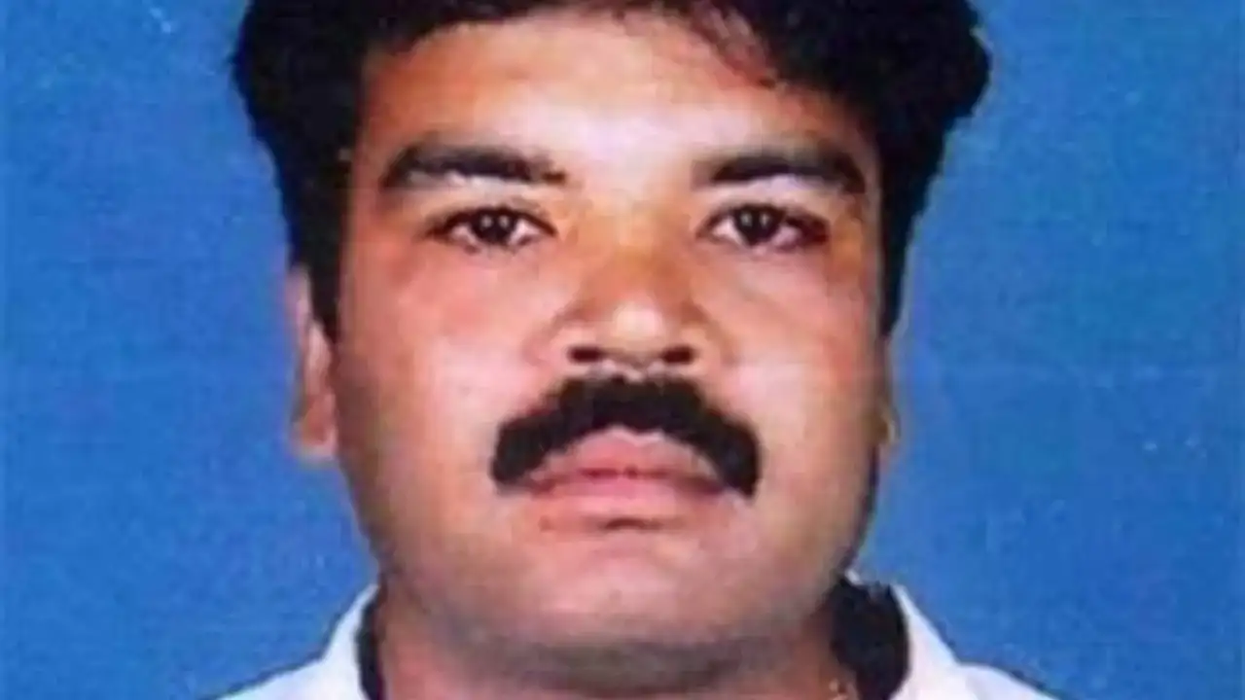
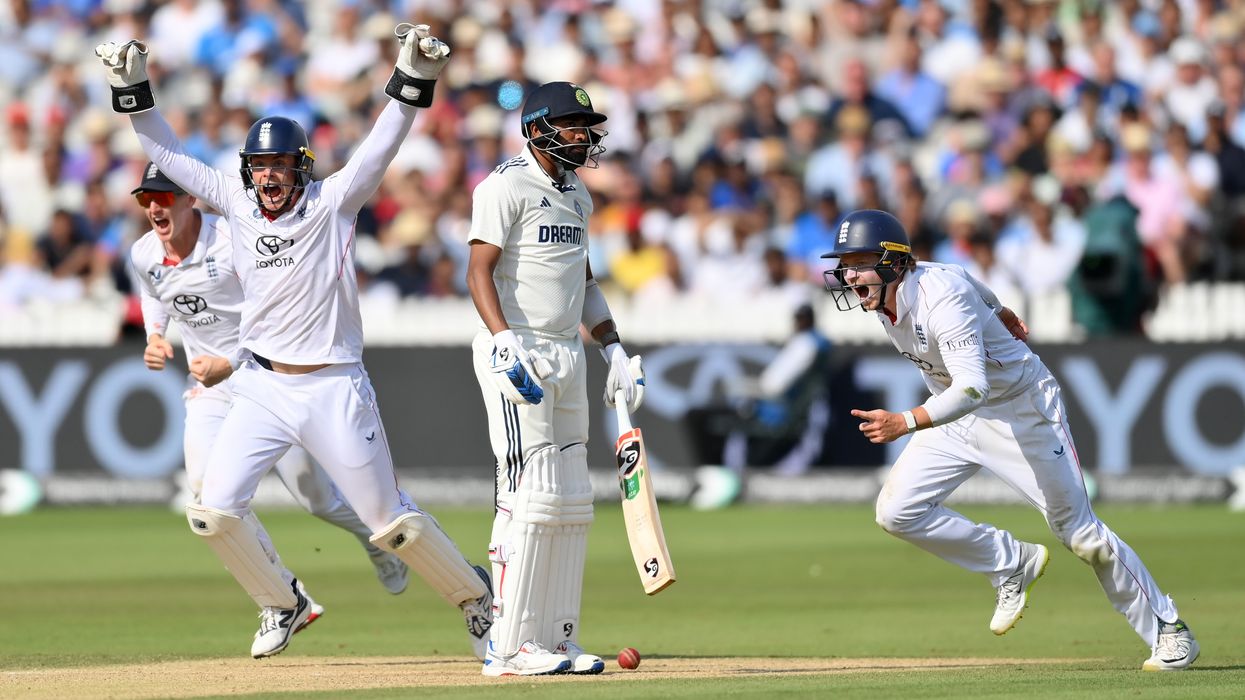


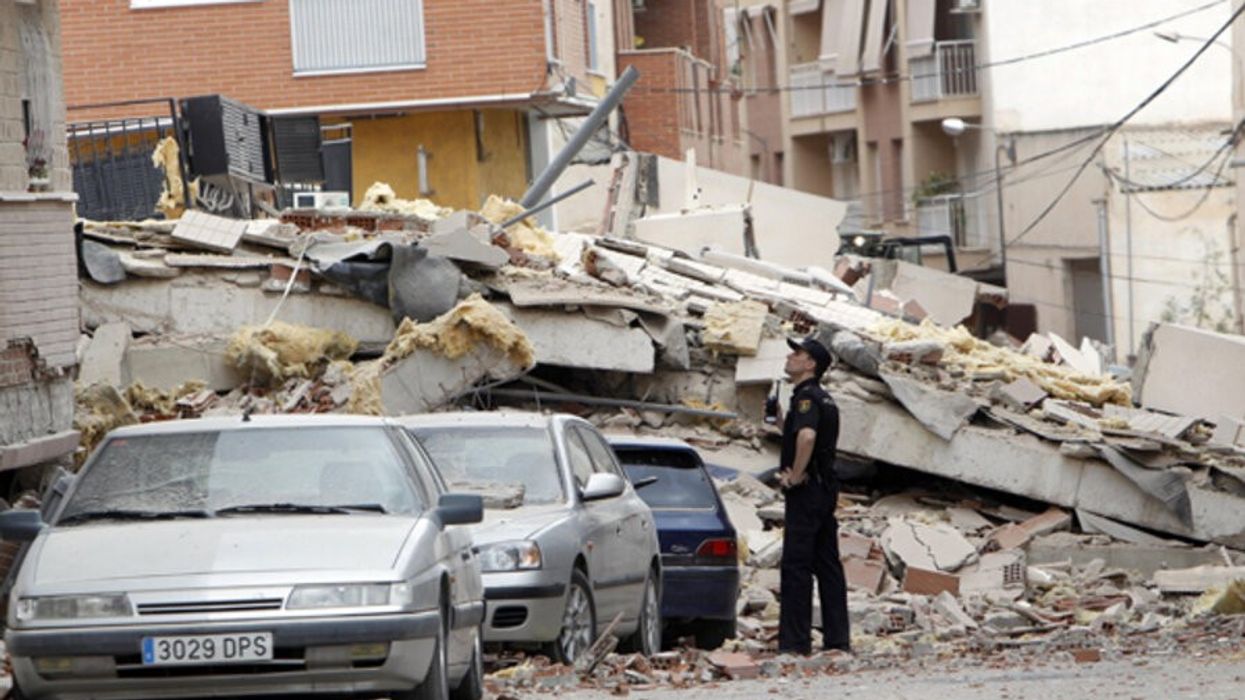


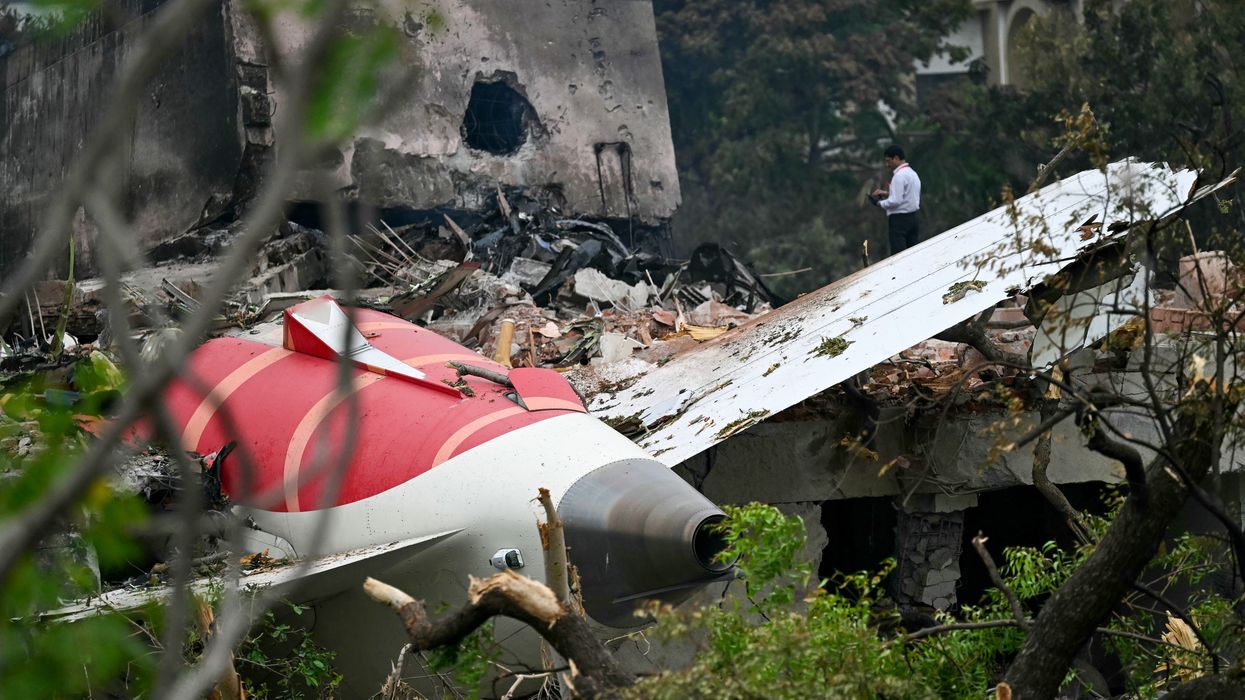
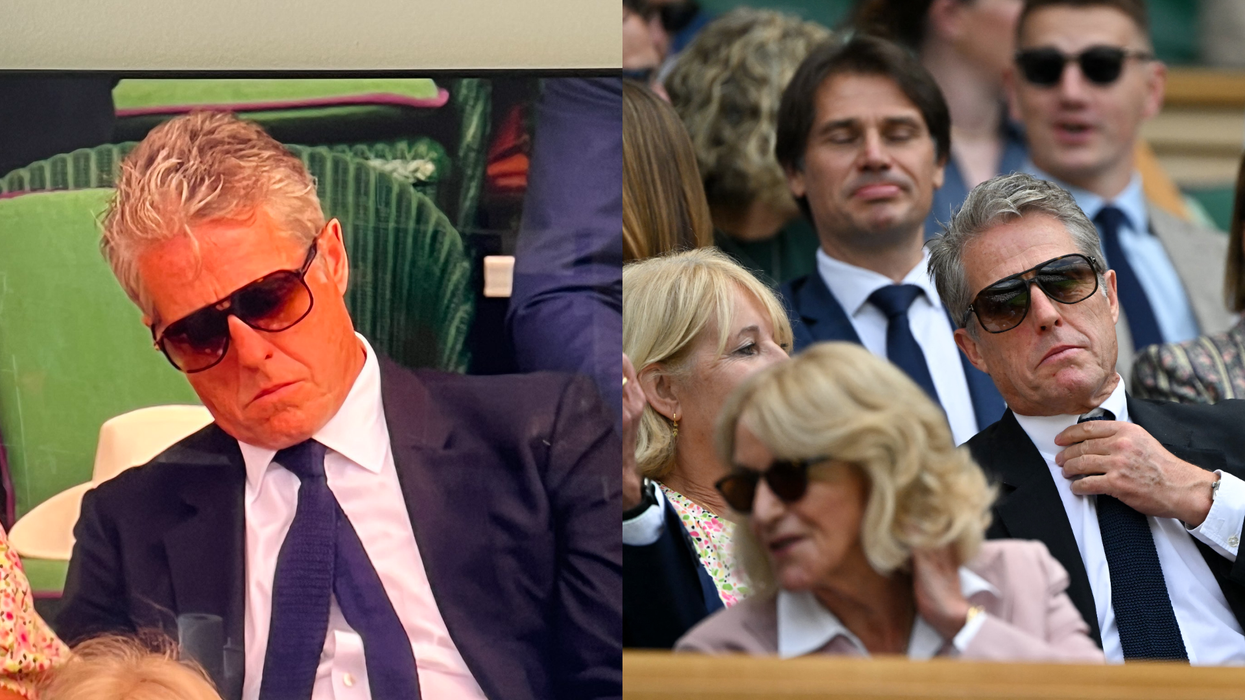
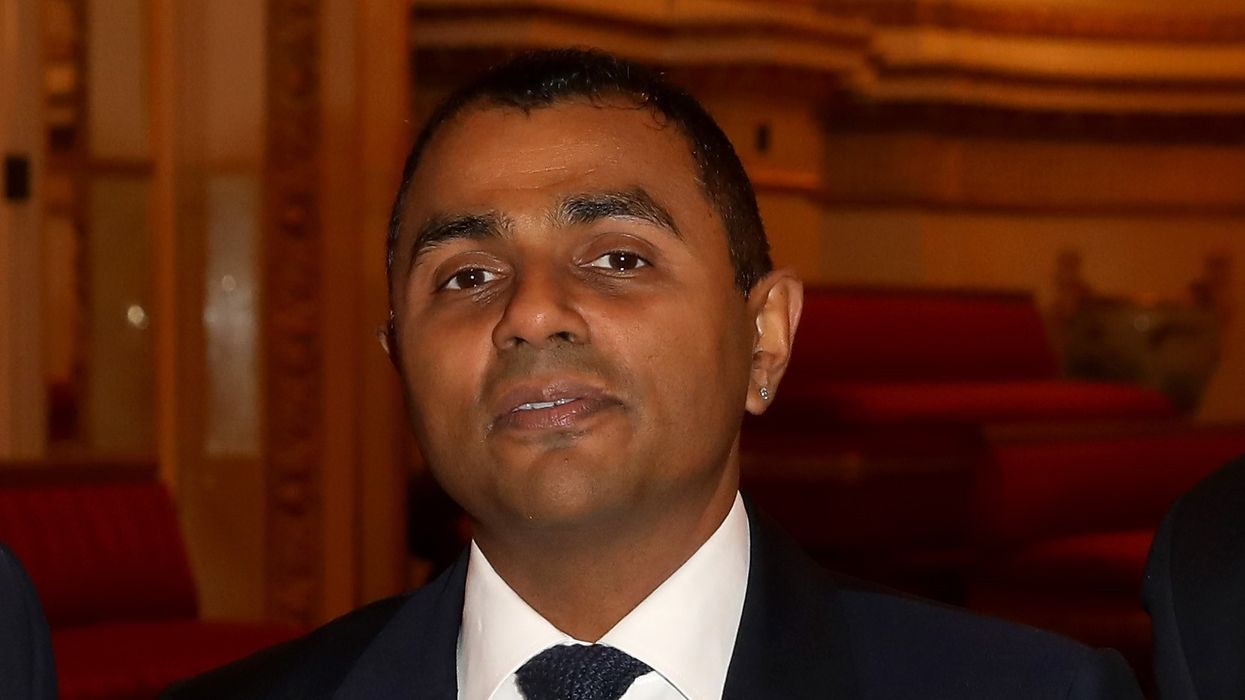
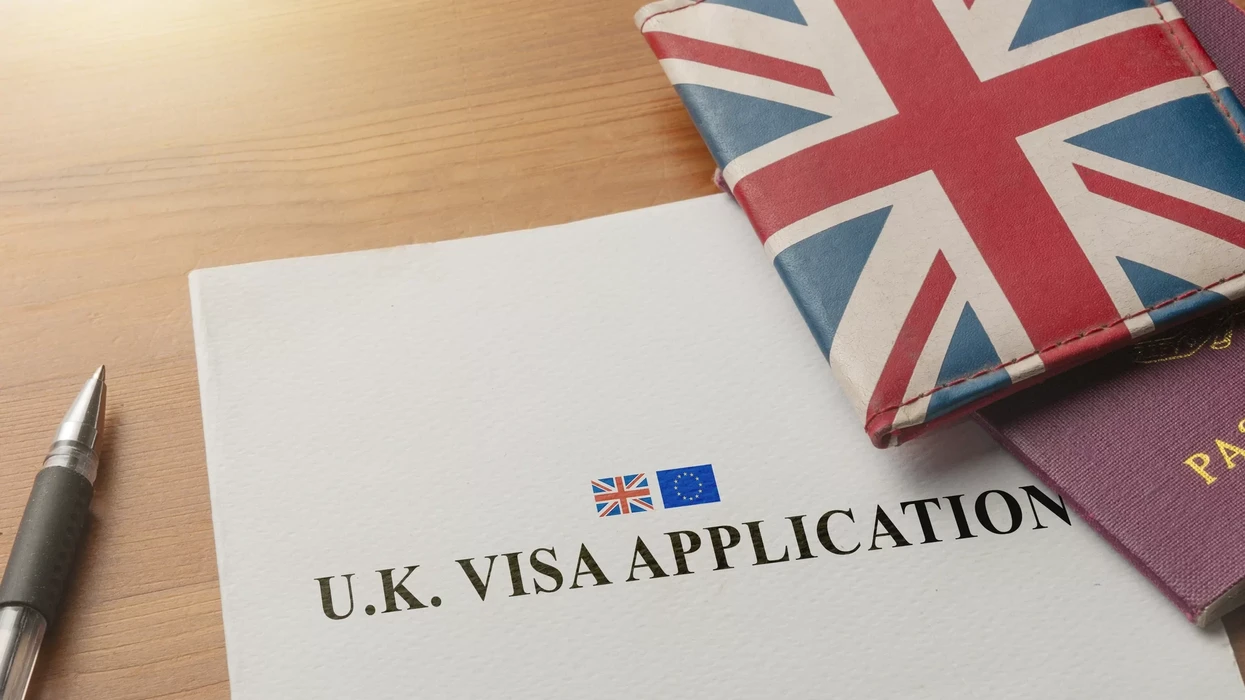





 All eyes on Donald Trump Jr and Bettina Anderson as their PDA grabs attention before Trump’s arrivalGetty Images
All eyes on Donald Trump Jr and Bettina Anderson as their PDA grabs attention before Trump’s arrivalGetty Images  Donald Trump Jr and girlfriend Bettina Anderson steal the spotlight with PDA at New Jersey airportGetty Images
Donald Trump Jr and girlfriend Bettina Anderson steal the spotlight with PDA at New Jersey airportGetty Images  Donald Trump Jr. and Bettina Anderson depart the White House to attend the Military ParadeGetty Images
Donald Trump Jr. and Bettina Anderson depart the White House to attend the Military ParadeGetty Images 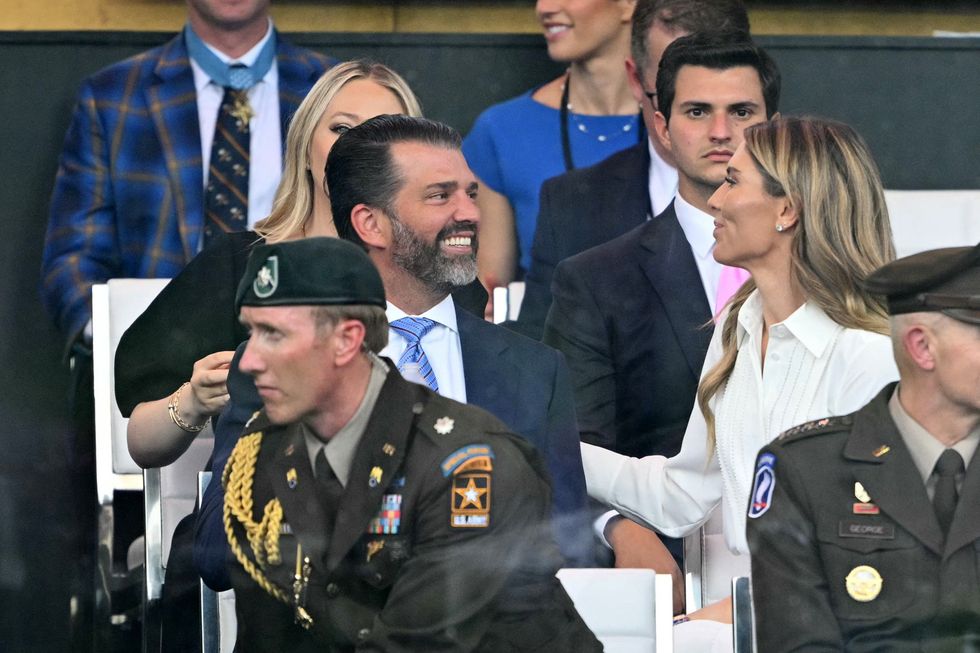 Bettina Anderson and Donald Trump Jr spotted in a candid moment Getty Images
Bettina Anderson and Donald Trump Jr spotted in a candid moment Getty Images 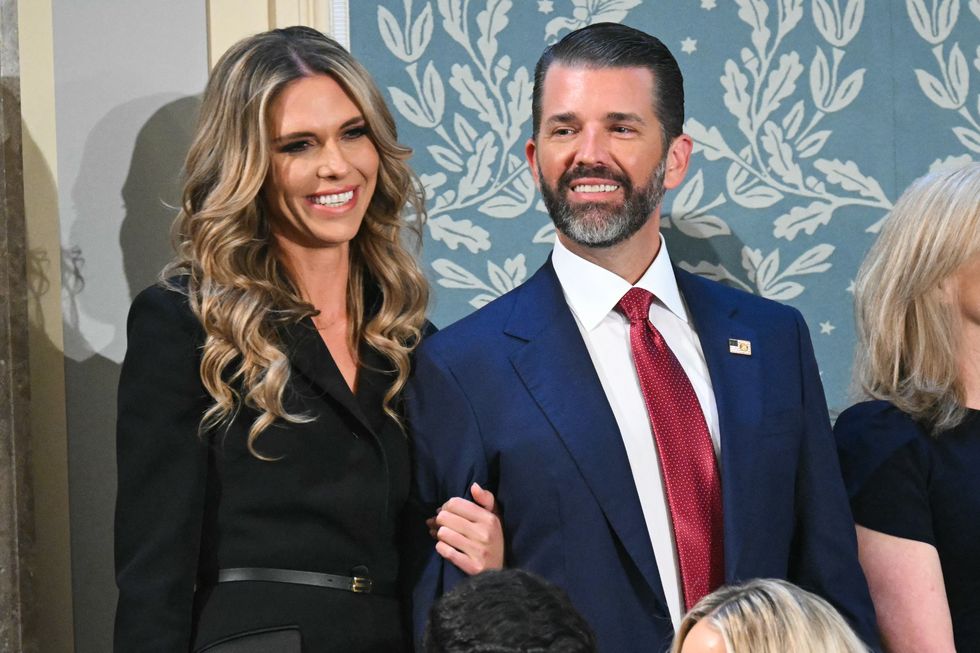 Donald Trump Jr. with Bettina Anderson ahead of US President Donald Trump's addressGetty Images
Donald Trump Jr. with Bettina Anderson ahead of US President Donald Trump's addressGetty Images 
